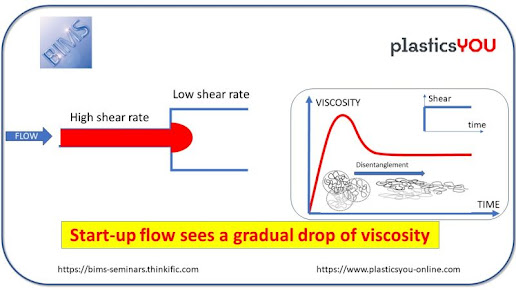Bio-on & SECI to Build Production Plant for PHA from Biodiesel Co-product Glycerol
An agreement signed by Bio-on and S.E.C.I. S.p.A. part of Gruppo Industriale Maccaferri holding, will see Italy's and world's first facility for the production of PHAs bioplastic from biodiesel production co-products, namely glycerol. The two companies, operating in sustainable biochemistry and industrial development of levulinic acid with Eridania Requiring a 55 million Euro investment from S.E.C.I. the facility will be located at an Eridania Sadam site and will be the world's most advanced plant producing PHAs biopolymers from glycerol. The new factory will need skilled personnel specialized in fermentation to produce this revolutionary bioplastic.
PHAs, or polyhydroxyalkanoates, are bioplastics that can replace a number of traditional polymers currently made with petrochemical processes using hydrocarbons. The PHAs developed by Bio-on guarantee the same thermo-mechanical properties with the advantage of being completely naturally biodegradable. Sadam, will work together to build a production site with a 5 thousand tons/year output, expandable to 10 thousand tons/year.
"We are investing 4 million Euro in purchasing the license for this new technology developed by Bio-on," says Eridania Sadam Chairman Massimo Maccaferri, "because this all-natural bioplastic represents a technological challenge that can contribute towards the growth of our group in the new "green" chemistry industry, with an eco-compatible and eco-sustainable approach".
"We will create Italy's first PHAs production plant from glycerol with one of Europe's most important industrial groups," explains Marco Astorri, Chairman of Bio-on S.p.A.
The collaboration between Bio-on and S.E.C.I. S.p.A. today reaches an important milestone and finalizes another building block in the construction of the platform for bioplastic production in the future.
Source:Bio-on
PHAs, or polyhydroxyalkanoates, are bioplastics that can replace a number of traditional polymers currently made with petrochemical processes using hydrocarbons. The PHAs developed by Bio-on guarantee the same thermo-mechanical properties with the advantage of being completely naturally biodegradable. Sadam, will work together to build a production site with a 5 thousand tons/year output, expandable to 10 thousand tons/year.
"We are investing 4 million Euro in purchasing the license for this new technology developed by Bio-on," says Eridania Sadam Chairman Massimo Maccaferri, "because this all-natural bioplastic represents a technological challenge that can contribute towards the growth of our group in the new "green" chemistry industry, with an eco-compatible and eco-sustainable approach".
"We will create Italy's first PHAs production plant from glycerol with one of Europe's most important industrial groups," explains Marco Astorri, Chairman of Bio-on S.p.A.
The collaboration between Bio-on and S.E.C.I. S.p.A. today reaches an important milestone and finalizes another building block in the construction of the platform for bioplastic production in the future.
Source:Bio-on


Comments
Post a Comment